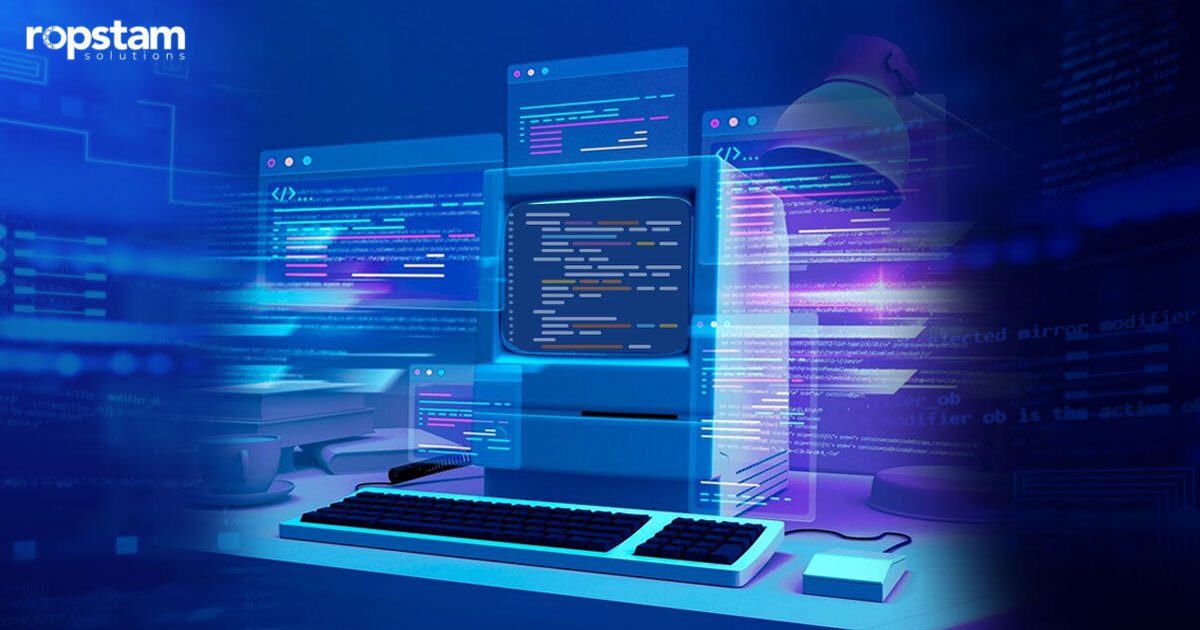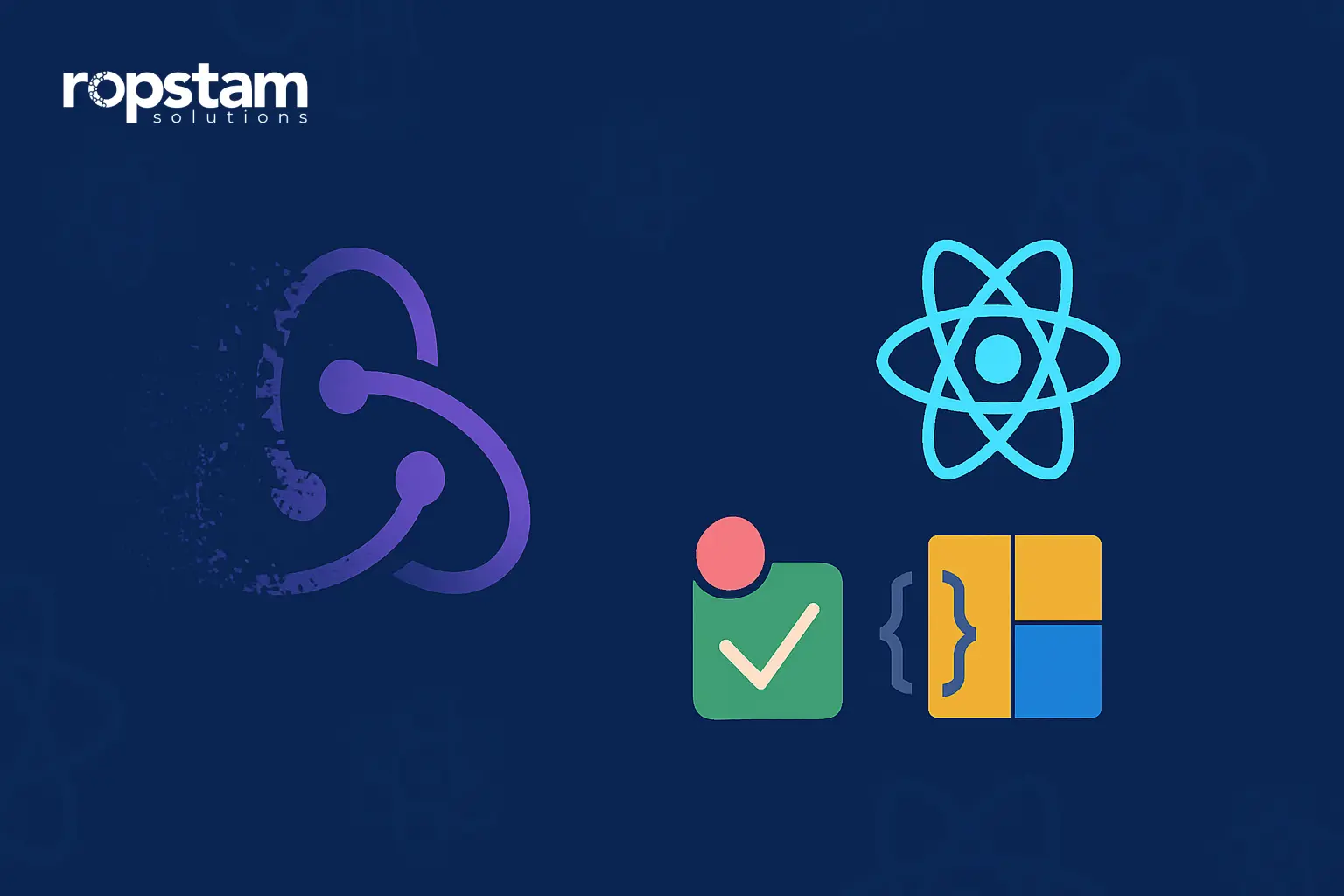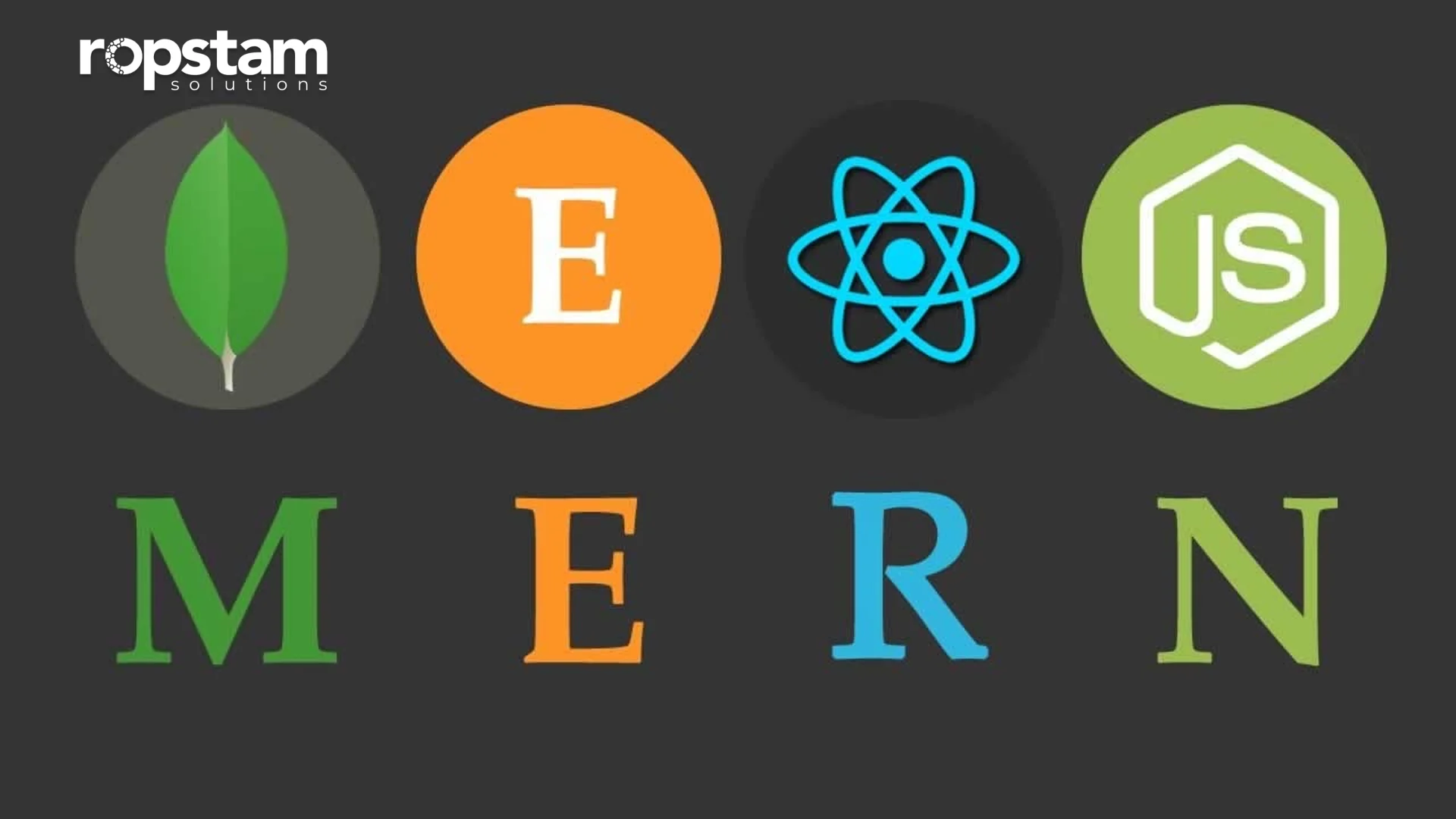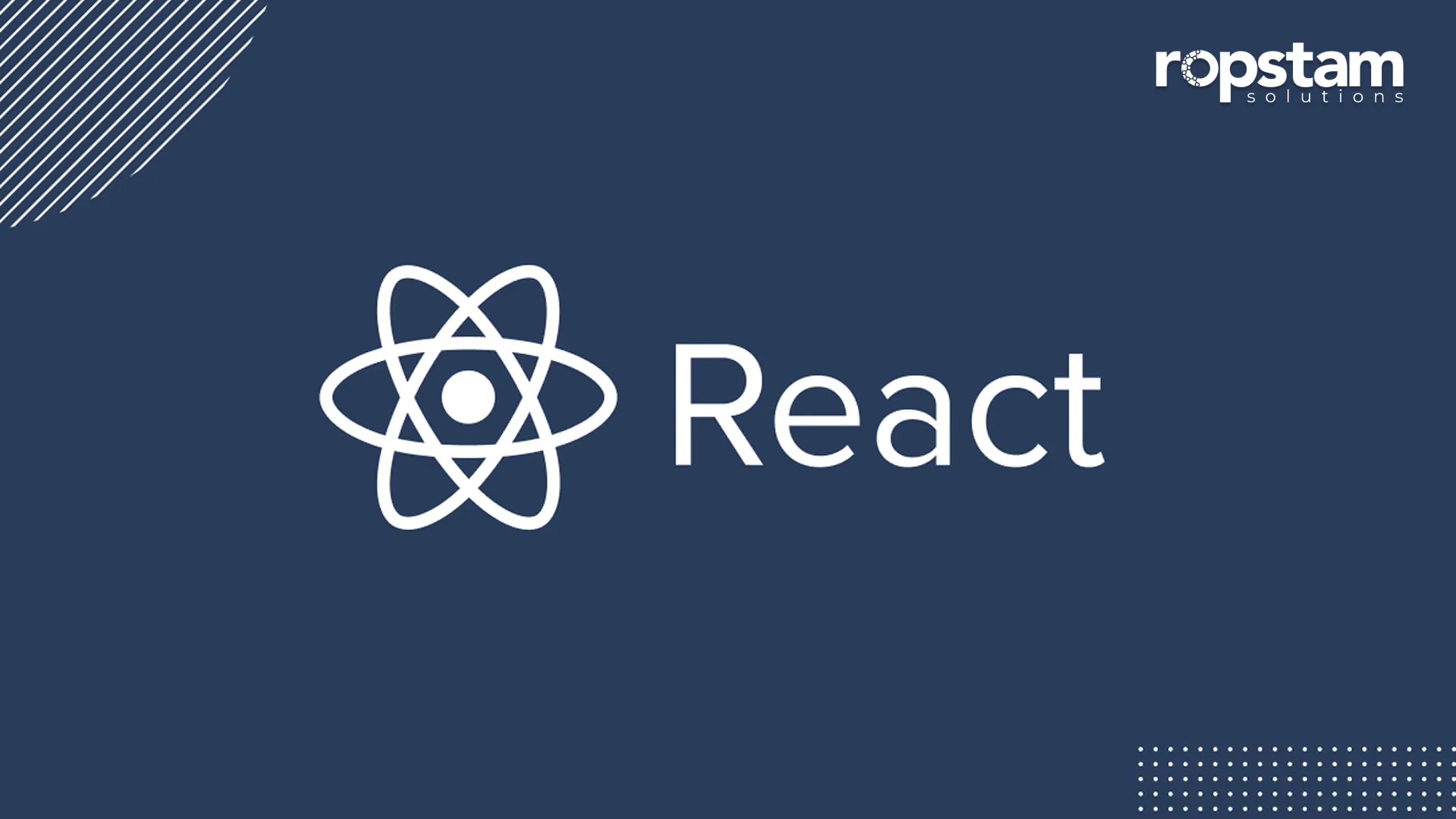Backend languages are considered the foundation for any website or web application and mobile app. To become a professional backend developer, you must have expertise in at least one of the in-demand software programming languages.
Looking to start your career in the field of backend development but don’t know which programming language to learn first? Here, I will walk you through the best backend programming languages, underlining the strengths and weaknesses of each to help you make an informed decision.
Best backend programming languages for developers to use
The importance of backend programming languages cannot be overstated. While end-users can’t directly visualize their impact, the selection of a backend language goes a long way in the success of your project. Here, I have compiled a list of some of the most in-demand server-side languages:
1) Python
2) Java
3) JavaScript
4) C#
5) PHP
6) Ruby
7) Golang
8) Perl
9) C++
10) Scala
11) Rust
1) Python
Python is a high-level, interpreted programming language known for its ease of use and readability. It’s a versatile language that’s used for web development, data analysis, artificial intelligence, and more. A popular general-purpose language, Python – initially released in 1991 – Python is considered a user-friendly language thanks to its simplistic syntax.
Pros of Python:
- Easy to learn and read syntax
- Extensive standard library and community-contributed modules
- Supports multiple programming paradigms
- Integrates well with other languages and systems
- Rapid development with backend frameworks like Django and Flask
Cons of Python:
- Slower execution speed compared to compiled languages
- Global Interpreter Lock (GIL) can hinder multi-threaded applications
- High memory consumption
- Not ideal for mobile app development
- Runtime errors due to dynamic typing
2) Java
Java is an object-oriented, class-based language designed to have as few implementation dependencies as possible. It’s primarily used in enterprise environments and for Android app development. A popular choice among developers for over two decades, Java is used in a host of domains ranging from game development to Artificial Intelligence.
Pros of Java:
- Platform independence through the Java Virtual Machine (JVM)
- Strong memory management and security features
- Robust standard libraries and third-party tools
- Scalable for large applications
- Large developer community and ecosystem
Cons of Java:
- Verbosity can lead to longer development times
- Slower startup time due to JVM
- Higher memory footprint compared to languages like C++
- Can be less intuitive for modern programming paradigms
3) JavaScript
JavaScript, traditionally a client-side scripting language, has become a popular choice for backend development with the introduction of Node.js. For building fast and scalable network applications, JavaScript is the preferred option of the majority of developers.
Pros of JavaScript:
- Single language for both front-end and back-end development
- Asynchronous, event-driven architecture suited for I/O-heavy tasks
- Large ecosystem with NPM for package management
- High performance with V8 engine in Node.js
- Community support with a wealth of libraries and frameworks
Cons of JavaScript:
- Callback hell and complexity in handling asynchronous code
- Dynamic typing can lead to runtime errors
- Can be difficult to maintain due to its flexible syntax
- Performance bottlenecks in CPU-bound tasks
4) C#
C# is an object-oriented language developed and supported by Microsoft. It’s used extensively in the .NET framework for desktop, web, and mobile applications, as well as game development with Unity. Thanks to its ability to create interactive environments, C# is leveraged in particular for crafting varying web-based applications. Moreover, C# has similarities to other high-level languages like C, C++, and Java.
Pros of C#:
- Strong typing helps to catch errors at compile time
- Automatic garbage collection for efficient memory management
- Rich set of libraries within the .NET framework
- Good support for parallel and asynchronous programming
- Strong community and corporate backing by Microsoft
Cons of C#:
- Primarily Windows-focused, though .NET Core has improved cross-platform capabilities
- Can be less flexible compared to dynamic languages
- Requires understanding of the .NET framework for optimal use
- Potentially slower than C/C++ for low-level operations
- Licensing costs associated with Microsoft products
5) PHP
PHP is another backend language. It is an acronym for Hypertext Preprocessor. PHP is a server-side scripting language designed primarily for web development, known for its role in the LAMP (Linux, Apache, MySQL, PHP) stack.
It powers popular content management systems like WordPress. In contrast to the front-end languages, PHP is for back end development that runs on the server, communicating with the database.
Pros of PHP:
- Easy to get started for beginners
- Extensive documentation and large community support
- Built-in web development capabilities
- Fast for small to medium-sized applications
- Deep integration with Apache and MySQL
Cons of PHP:
- Inconsistent function naming and parameter order
- Security vulnerabilities, if not properly coded
- Performance can be an issue for complex applications
- Reputation for poor practices, though improved in later versions
- Less ideal for non-web applications
6) Ruby
Ruby is a dynamic, reflective, object-oriented language with a focus on simplicity and productivity. This language is often associated with the Rails framework, which popularized convention over configuration. What makes Ruby a preferred choice for developers is its ability to support object-oriented and procedural programming coupled with rapid speed and distinctive nature.
Pros of Ruby:
- Elegant and expressive syntax
- Strong metaprogramming capabilities
- Rapid development with Ruby on Rails
- Active and passionate community
- Wide array of gems (libraries) for extended functionality
Cons of Ruby:
- Lower execution speed
- High memory usage
- Boot speed can be slow for Rails applications
- Learning curve associated with Rails magic
- Less popular for new projects compared to the peak of Rails
7) Golang (Go)
Go is a statically typed, compiled language designed at Google to improve programming productivity in an era of multicore, networked machines. Boasting a syntax not too dissimilar to C, Goland is a widely acclaimed programming language for creating secure web applications. It’s known for its simplicity, concurrency support, and performance.
Pros of Golang:
- Fast compilation and execution
- Concurrency model with goroutines and channels
- Minimalist syntax for easy maintenance
- Strong standard library, especially for networked services
- Static typing with type inference
Cons of Golang:
- Limited abstraction capabilities due to simplicity
- Absence of generics (though this is being addressed)
- Smaller community and fewer libraries compared to older languages
- Error handling can be verbose
- Lack of some features found in other languages (e.g., GUI libraries)
8) Perl
Perl is a high-level, interpreted, dynamic programming language that is known for its text-processing capabilities. The use cases of this language include – but are not limited to – system administration, web development, network programming, and more.
Pros of Perl:
- Powerful text processing and regex support
- Comprehensive standard library (CPAN)
- Flexibility and expressiveness with TIMTOWTDI (There is more than one way to do it) philosophy
- Cross-platform compatibility
- Strong community and legacy codebase
Cons of Perl:
- Perceived as outdated for modern web development
- Steep learning curve due to complex syntax and features
- Declining popularity and community engagement
- Code maintainability issues due to language flexibility
- Performance can be an issue in comparison to newer languages
9) C++
C++ is a statically typed, compiled, general-purpose language that supports procedural, object-oriented, and generic programming. It’s known for its performance and is used in software that requires high resource efficiency. Moreover, its exceptionally strong type-checking, exceptional handling, and support for multithreading make C++ one of the best choices among developers.
Pros of C++:
- High performance and control over system resources
- Object-oriented programming with low-level manipulation
- Wide platform support and a large standard library
- Used in various domains, from game development to high-frequency trading
- Large developer community and legacy codebase
Cons of C++:
- Manual memory management can lead to errors
- Lack of modern programming paradigms and features
- Longer development time due to complexity
- Lesser safety compared to modern languages like Rust
10) Scala
Scala is a hybrid functional and object-oriented language that runs on the JVM. A popular type-safe language, Scala was first introduced in 2003 and has gained immense popularity in the past few years. It aims to address some of Java’s shortcomings and is known for its concise syntax and functional programming features.
Pros of Scala:
- Combines functional and object-oriented paradigms
- Interoperable with Java and its libraries
- Advanced features like pattern matching and implicit parameters
- Concurrency support and actor model with Akka framework
- Efficient and concise code
Cons of Scala:
- Slower compilation times
- Limited adoption compared to Java
- Complexity due to feature-rich language
- Smaller community and ecosystem compared to Java
11) Rust
Rust is a systems programming language that aims to provide safety, concurrency, and performance. It’s a modern high-level language that focuses on preventing segfaults and ensuring thread safety. Not to mention that the syntax of Rust is inspired by languages such as C++ and Python.
Pros of Rust:
- Memory safety without a garbage collector
- Excellent concurrency support with no data races
- Performance on par with C++
- Rich type system and pattern matching
- A growing ecosystem with an active community
Cons of Rust:
- Steep learning curve due to ownership and borrowing concepts
- Longer compile times
- Smaller ecosystem compared to more established languages
- Lack of widespread commercial adoption
- Fewer libraries and frameworks for web development compared to other languages
What are backend languages?
Backend programming languages are the powerhouses that drive the server side of web applications, handling the logic, database interactions, and server configuration. They operate behind the scenes, enabling functionality that users don’t directly see but entirely depend on for an optimal experience.
Such languages are critical to software development because they manage the data exchange between the server and the client, ensuring that the user-facing side of the app can display and manipulate data accurately and efficiently.
The role of backend languages in software development is multifaceted. They are responsible for creating the core computational logic of a program, which includes algorithms that process data and perform the necessary operations to serve user requests.
Moreover, backend languages interact with databases to store, retrieve, and update information, thus ensuring that the application remains dynamic and responsive. They also define the architecture of a system, determining how different parts of an application communicate with each other and with external services.
To summarize, the choice of a backend language can impact the scalability, performance, and maintainability of an application, making it a critical decision in the development process.
Backend vs frontend development – What’s the difference?
In software development, a clear distinction is often made between frontend and backend development. These two hemispheres of web development encapsulate the full spectrum of creating a functional web application, each with its unique set of roles, tools, and objectives.
Understanding the difference between them is crucial for anyone involved in the creation of digital products.
Frontend development
The front end of a website, also known as the client side, is everything that users interact with directly in their web browser. Frontend developers focus on the look and feel of the website or application, striving to create intuitive and engaging user interfaces. They use a combination of HTML, CSS, and JavaScript to bring designs to life, ensuring that the website is responsive and performs well across different devices and browsers.
Frameworks like React, Angular, and Vue.js are often employed by front-end developers to accelerate development and enhance user experience.
Backend development
The backend, or server-side, is the engine that powers the application and manages data. Backend developers are responsible for building and maintaining the technology that processes user requests and returns the necessary information to the front end. This includes server logic, databases, APIs, and server configuration.
Backend developers work with backend programming languages like Java, Python, Ruby, and PHP, along with database management systems such as MySQL, PostgreSQL, and MongoDB. In short, a robust backend ensures the security, data integrity, and performance of the application.
How to choose the right backend programming language for software development projects?
Choosing the right backend language for your project is a decision that can have a significant impact on both the immediate and long-term success of your application. It’s not just about the language’s syntax or popularity; several critical factors must be taken into account to ensure that your backend will support your application’s goals effectively.
1) Community support
A strong community can be a lifeline for developers, providing a wealth of resources, libraries, and frameworks to streamline the development process. Languages with an active community often have better documentation, more frequent updates, and a larger pool of experienced developers to learn from or hire.
When the chosen language has widespread community support, you’re less likely to encounter unsolvable problems and more likely to find pre-existing solutions to common challenges.
2) Stability
The stability of a backend language is essential for maintaining long-term projects. Languages that have stood the test of time typically offer reliability and a certain degree of predictability when it comes to their development cycle and support lifespan.
All in all, the stability of a language can be crucial for enterprise applications that require consistent performance and minimal downtime.
3) Performance
The performance of a backend language directly affects the speed and efficiency of the server-side operations. A language that can handle high loads and complex computations without significant delays is vital for applications that demand real-time processing and high responsiveness.
4) Security
Given that backend development deals with sensitive data and critical business logic, the inherent security features of a backend language are of paramount importance. A language with strong security frameworks and best practices can help forestall cyber threats, ensuring the safeguarding of user data and business operations.
Wrapping up
When it comes to selecting the ideal backend development language, there is no silver bullet that solves all problems. From Java to PHP, there are a number of suitable languages, with their own pros and cons, that you can choose from. Depending upon the scope of your project and budget constraints, you must identify a language that supports the timeline of your web-based project.














